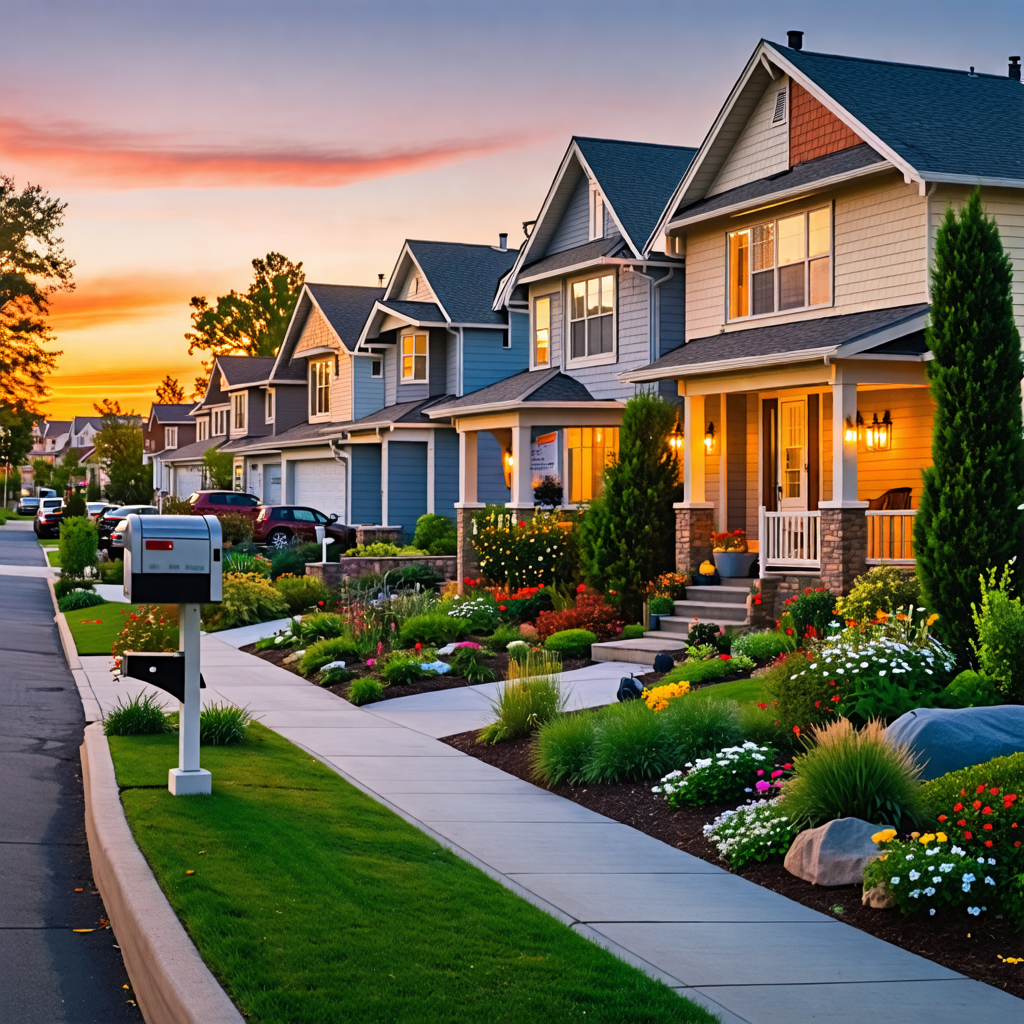The Rise of Multi-Generational Homes: A Response to Economic Challenges
In recent years, a growing trend has emerged in housing: the return of multi-generational homes. This shift, driven by economic pressures and changing social dynamics, is reshaping how families live and interact. Let’s explore why more households are embracing this living arrangement and what it means for the future of housing.
What Are Multi-Generational Homes?
Multi-generational homes are residences where two or more adult generations live under one roof. This could include grandparents, parents, and adult children, sometimes with young grandchildren in the mix. While this living arrangement was common in the past, it’s seeing a resurgence due to current economic challenges.

Economic Factors Driving the Trend
The primary catalyst for this shift is the ongoing affordability crisis. Skyrocketing housing costs, coupled with stagnant wages and high inflation, have made it increasingly difficult for many to afford their own homes. Student loan debt, particularly among millennials, further complicates the path to homeownership.

In this context, combining resources across generations becomes an attractive solution. Grandparents might provide childcare, while working adults contribute to mortgage payments and household expenses. This pooling of resources can provide financial stability in uncertain times.
Benefits of Multi-Generational Living
Beyond economic advantages, multi-generational homes offer several benefits:
- Stronger family bonds and support systems
- Shared responsibilities for childcare and eldercare
- Reduced isolation for older family members
- Opportunities for cultural and generational exchange

These arrangements can create a rich, supportive environment that benefits all family members, from the youngest to the oldest.
Challenges and Considerations

However, multi-generational living isn’t without its challenges. Privacy concerns, differing lifestyles, and potential conflicts over household decisions can create tension. Successful multi-generational households often require clear communication, established boundaries, and mutual respect among all family members.
Adapting Homes for Multi-Generational Living

The housing market is responding to this trend. New constructions increasingly feature separate entrances, multiple master suites, or even semi-independent living spaces within a single property. Existing homeowners are renovating to create more flexible living arrangements, such as converting garages or adding in-law suites.
Is This a Temporary Solution or a Long-Term Shift?
While economic factors are the immediate driver, many experts believe the multi-generational living trend may persist even as economic conditions improve. The experience of shared living, combined with evolving cultural attitudes, could make this a more accepted and desirable arrangement for many families in the long term.

As we navigate challenging economic times, the rise of multi-generational homes represents a creative solution to housing affordability issues. It also reflects a broader reassessment of family dynamics and living arrangements in modern society. Whether driven by necessity or choice, this trend is likely to play a significant role in shaping our communities and family structures in the years to come.




